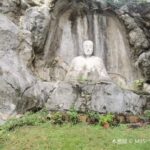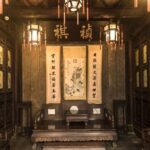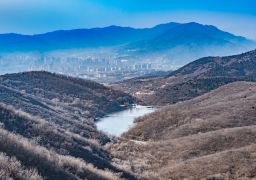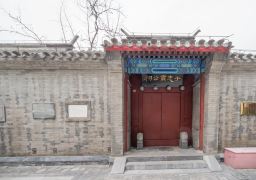Lengshui Nunnery, situated at the foot of Baofeng Mountain in Maojia, Guangxi Village, Yinjiang Town, Yinzhou District, Ningbo City, is a historical site with a rich cultural background. Originally constructed in the early Ming Dynasty, it serves as a branch of the renowned Yishan Yide Temple. During the Ming and Qing dynasties, it was known as Baofeng Temple. However, in 1937, it underwent a name change to Lengshui Nunnery, marking the beginning of its habitation by female monks. This nunnery is affiliated with a branch of the Linji School, a significant lineage within Chinese Buddhism.
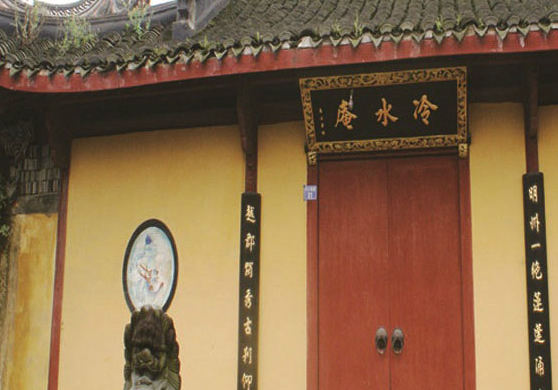
What sets Lengshui Nunnery apart from other temples and nunneries is its unique layout. A distinctive feature is the presence of a wall in front of the Heavenly King Hall, which is accompanied by two gates. The eastern gate leads to the ‘Zhu Tianjun Temple’, where Emperor Chongzhen Zhu Youjian of the late Ming Dynasty’s Sizong is venerated. The western gate, on the other hand, is the entrance to ‘Lengshui Nunnery’. It is an extraordinary phenomenon to have a nunnery and a temple standing side by side within a Buddhist sacred site.
The original structure of Lengshui Nunnery was divided into a front, middle, and back hall, complemented by two east-west wing rooms. Despite the ravages of time, particularly during the Cultural Revolution, a dilapidated building in the middle hall still stood, with the two wing rooms remaining largely intact. This architectural resilience is a testament to the nunnery’s historical significance and its enduring presence in the cultural tapestry of Ningbo City.
